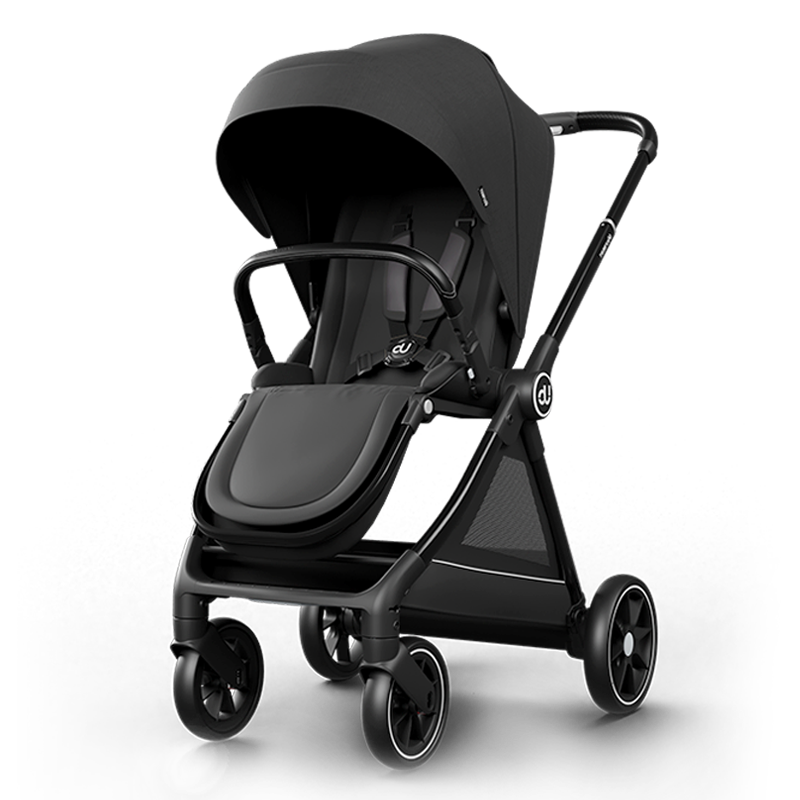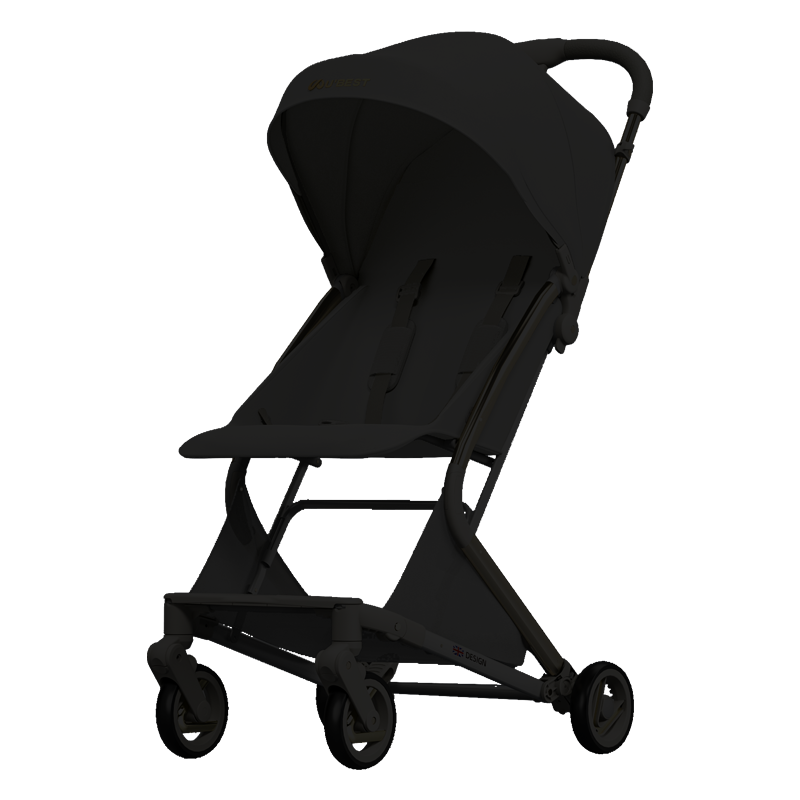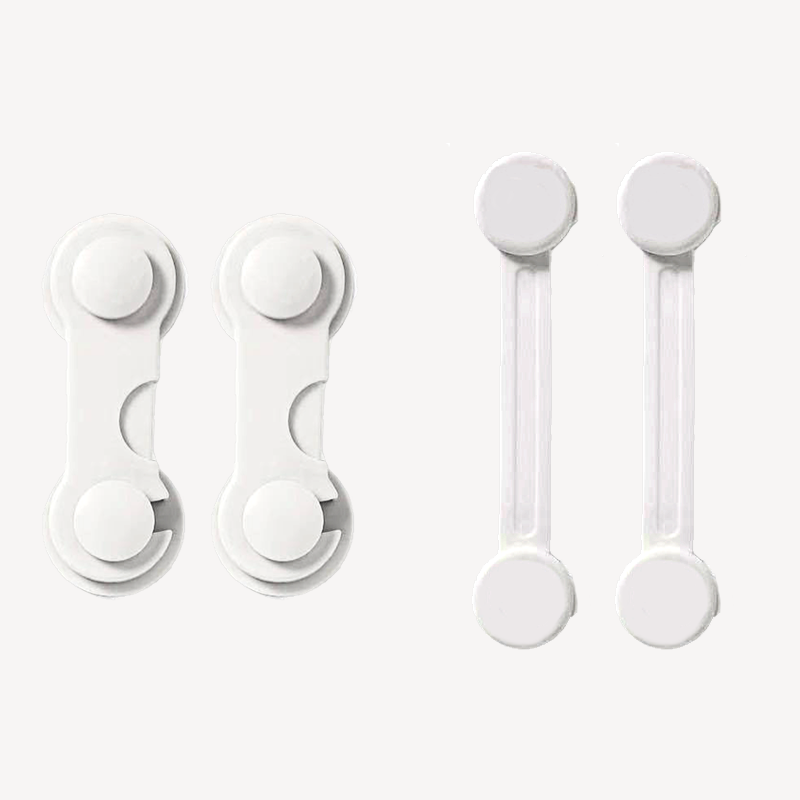- Ubest Strollers
UBEST S (Coming Soon)
- Home & Safety
- Accessories
- UBEST’s World

Caring for Your Newborn
Welcoming a newborn into your life is both a joyful and challenging experience. This new chapter may feel overwhelming as you make decisions you’ve never had to consider before, and your daily routine will likely change in ways you never expected. This tiny, fragile being, full of innocence and hope, will completely reshape your world, beginning a new and exciting journey. Now, your baby’s health and safety become your top priority. Give yourself time to adjust. As the days pass and you settle into life with your baby, you’ll find your confidence and strength growing.
Newborn Appearance
Your newborn may not look exactly as you imagined. After they’re placed on your chest and gently cleaned, you might notice some surprising features. Even more fascinating is how much your baby’s appearance can change in the hours, days, and weeks after birth.
1. Skin
Newborns often have harmless skin blemishes or rashes. One common condition is newborn acne, caused by your hormones, which should clear up within a few weeks. Their skin might also appear dry or start to peel, especially on the hands, feet, and scalp. This is simply the shedding of dead skin and will resolve on its own. The time it takes for this to subside varies from baby to baby.
2. Swollen Breasts and Genitals
Both male and female newborns may have swollen breasts and genitals after birth. You might also notice a small amount of fluid coming from their breasts, and female babies may have a slight bloody discharge in their diapers. This is all normal and is caused by the hormones from pregnancy still circulating in your baby’s bloodstream. These symptoms should disappear within a few days.
3. Head Shape
Your baby’s skull bones aren’t fully fused at birth, allowing their head to shift shape during delivery and leaving room for brain growth after birth. Because of this, your baby’s head might appear egg-shaped, pointed, or flattened when they’re born. The soft spots on the top and back of their head are known as fontanelles, where the skull hasn’t yet closed. As your baby grows, these areas will eventually fuse together.
4. Eyes
Newborns may seem very alert, and while they can only see 8-10 inches away, they can turn their head in response to different sounds. Your baby’s eyes may appear gray-blue or brown at birth, but their final eye color won’t be set until they are 6-12 months old. If you notice occasional cross-eyed moments, don’t worry—it’s completely normal and should resolve by 3-4 months. Red spots on the whites of their eyes are also common and will usually disappear within 1-2 weeks.
Source form [Postpartum and Newborn Care Guide], NYU Lutheran Medical Center.

Ubest Stroller

















